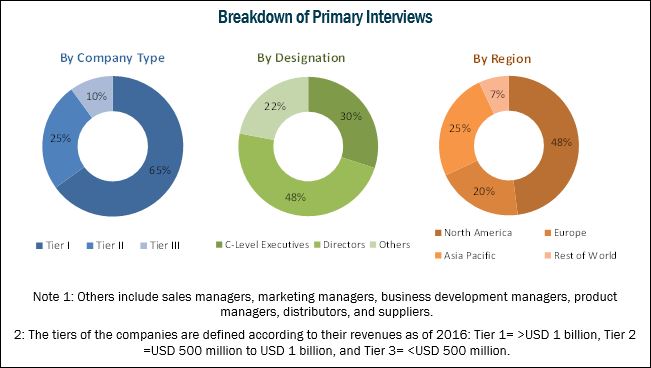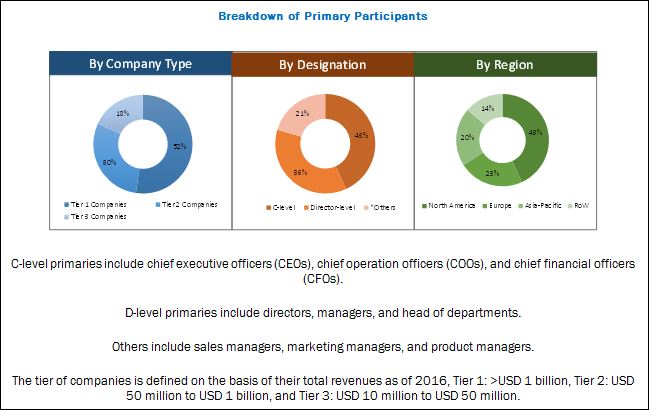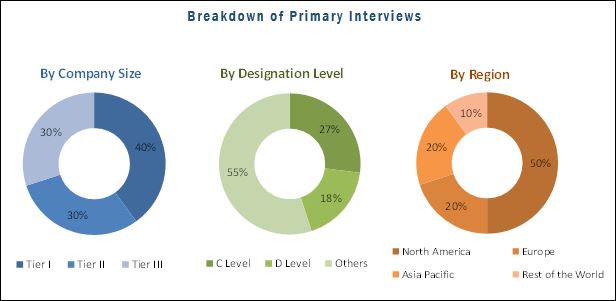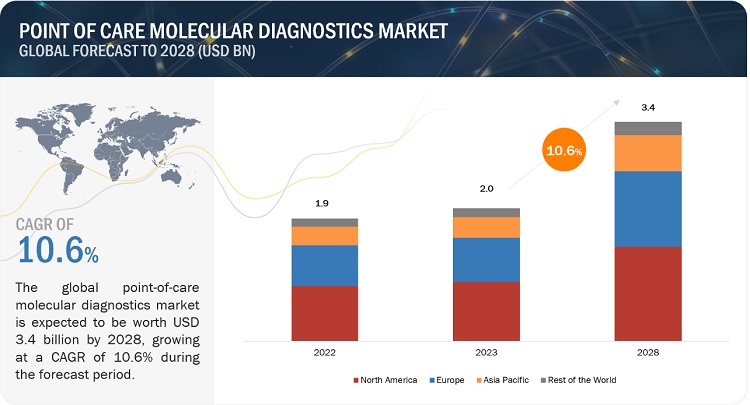"Thermal Analysis Market by Product (DSC, TGA, STA, DTA, TMA, DMA, Pressure Differential Scanning Calorimetry), Functionality (Single, Simultaneous), End User (Pharma-Biotech Co, Food Processing Co, Petrochemical Co, Academia) - Global Forecast to 2022", published by MarketsandMarkets™, the market is expected to reach USD 640.7 Million by 2022 from USD 511.5 Million in 2017, at a CAGR of 4.6%.
Browse 66 Market Data Tables and 34 Figures spread through 152 Pages and in-depth TOC on "Thermal Analysis Market"
http://www.marketsandmarkets.com/Market-Reports/thermal-analysis-market-1131989.html
Early buyers will receive 10% customization on this report
Early buyers will receive 10% customization on this report
The differential scanning calorimetry (DSC) analyzers segment is estimated to account for the largest share of the Thermal Analysis Market in 2017
On the basis of product, the market is categorized into differential scanning calorimetry analyzers, thermogravimetric analyzers, simultaneous thermal analyzers, differential thermal analyzers, thermomechanical analyzers, dynamic mechanical analyzers, and other thermal analyzers. The large share of the differential scanning calorimetry analyzers segment is attributed to the rising adoption of DSC analyzers in the food industry, technological advancements, the ease of use and speed offered by these products, and significant applications of these analyzers in fields such as microfluidics, drug discovery, pharmaceuticals, molecular biology, and nanoscience.
Download PDF Brochure: http://www.marketsandmarkets.com/pdfdownload.asp?id=1131989
Chemical & material manufacturers are expected to hold the largest end users share of the market in 2017
By end user, the Thermal Analysis Market is segmented into pharmaceutical & biotechnology companies, chemical & material manufacturers, food & beverage industry, petrochemical industry, research & academia, and other end users. In 2017, the chemical & material manufacturers segment is expected to hold the largest share of the Thermal Analysis Market. Growth in key end-use industries of chemicals, polymers, and materials (such as automotive, construction, electronics, healthcare, textiles, and FMCG) is the major factor driving the growth of this end-user segment.
Talk To Our Research Analysts: http://www.marketsandmarkets.com/speaktoanalyst.asp?id=1131989
North America is expected to dominate the Thermal Analysis Market during the forecast period
Geographically, the Thermal Analysis Market is segmented into North America, Europe, Asia Pacific, and the rest of the world. North America is expected to account for the largest share of the global Thermal Analysis Market during the forecast period (2017-2022). The growth of the North American region is attributed increasing industrial R&D expenditures across various end-user industries; availability of private-public funding for research studies, stringent regulatory norms for drug development; and strict food and product safety regulations.
The major players operating in the Thermal Analysis Market include Waters (US), NETZSCH (Germany), LINSEIS (Germany), Mettler-Toledo (US), PerkinElmer (US), SETARAM (France), and Shimadzu (Japan).










